The $7 Food That Outperforms Most Supplements for Gut Health
It's Time to Ditch Your Probiotic Supplement
Growing up. Hated pickles. Hated cottage cheese. Hated yogurt. Hated sauerkraut. You get the point - pretty much any fermented food.
On any given day, at least one of the above has become a daily staple. Over the last 6 months, that choice of fermented food has been kimchi. And since I’ve introduced it, there’s been no single intervention more effective at improving my gut motility & overall digestive function.
Coincidence?
Likely not. And we’ll see exactly what kimchi does for us when it comes to gut function - specifically its ability to fortify the intestinal lining & tilt our microbiome towards a more advantageous composition.
What we’re covering this week:
Historical Origins
What It’s Made Of
How It Works
Benefits (as seen via the latest research)
If you haven’t already, reminder to subscribe below. Every little bit makes an impact in the fight against the rampant growth of the reductionist AI/mainstream slop we're seeing. (We’re going to win.) And it’s why we’re running the Anti-Slop Summer Sale™ before we roll out more premium content.
Historical Origins
Kimchi remains Korea's most iconic culinary treasures with an over 3,000 year history. The origins of kimchi trace back to the period of the Three Kingdoms (57 BCE to 668 AD) when the early Korean people were faced with the task of preserving vegetables to survive their harsh winters.

During the Goryeo Period (918–1392 AD), kimchi underwent significant evolution as trade expansion introduced new vegetables & seasonings to Korea, including napa cabbage from China. Originally, kimchi was made primarily with Korean radish (mu), a native root vegetable but the introduction of new ingredients through trade routes diversified the dish. The addition of chili peppers, arriving in Korea during the 16th century, transformed kimchi into the spicy dish it’s known for today.
Composition
Primary Vegetables:
Napa cabbage (Brassica pekinensis) → primary fermentation substrate
Korean radish (mu) → adds texture & contributes to fermentation
Carrots → boosts the micronutrient profileand crunch
Essential Seasonings:
Gochugaru (Korean red pepper flakes) → signature ingredient providing heat, flavor, & vibrant red color
Garlic → contributes antimicrobial properties & umami flavor
Ginger → adds warmth & anti-inflammatory compounds
Fish sauce/salted seafood → provides umami depth & supports fermentation
Sea salt → needed for the initial brining process & preservation
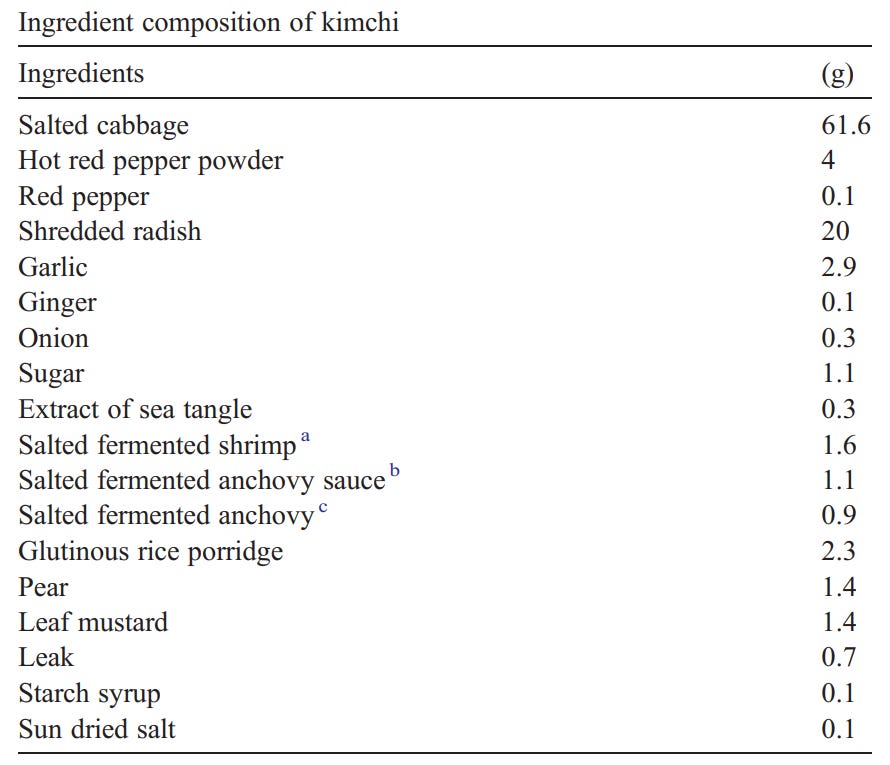
Mechanisms of Action
Gut Microbiome Modulation & SCFA Production
Kimchi's lactic acid bacteria colonize the gut outcompeting pathogens and optimizing the Firmicutes-to-Bacteroidetes ratio. These bacteria ferment indigestible carbs into short-chain fatty acids (acetate, propionate, butyrate in a 60:20:20 ratio). Butyrate serves as the primary fuel for colonocytes (providing up to 70% of their energy) strengthening the intestinal barrier by upregulating tight junction proteins & stimulating protective mucin production.
Cross-feeding networks between kimchi’s bacteria maximize SCFA production from initial lactate fermentation, creating a self-reinforcing ecosystem that enhances gut barrier function and reduces systemic inflammation.
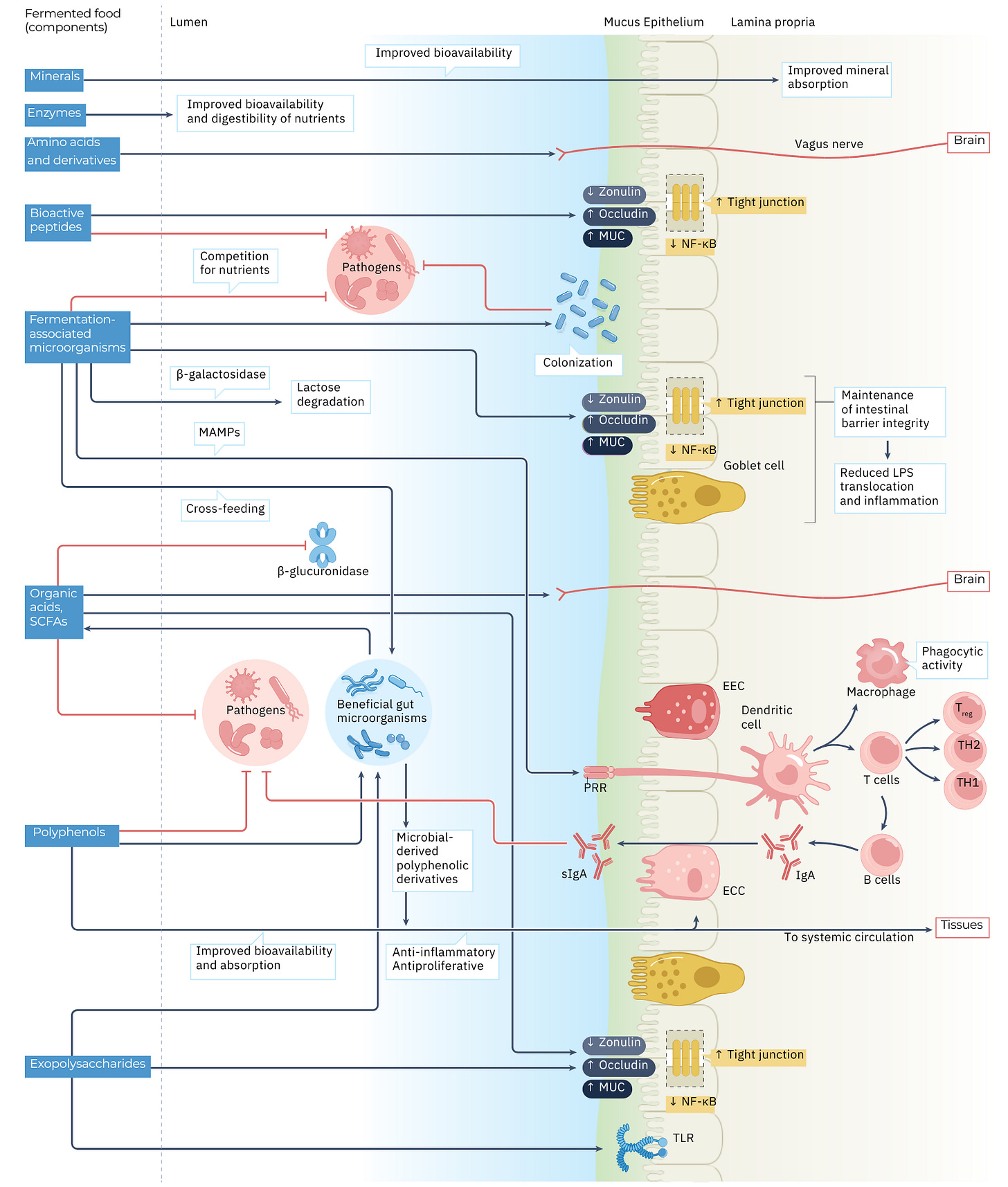
Multi-Pathway Anti-Inflammatory Action
Kimchi reduces inflammation by blocking NF-κB activation through fermentation metabolites like 3-phenyllactic acid while enhancing vitamin D receptor expression.
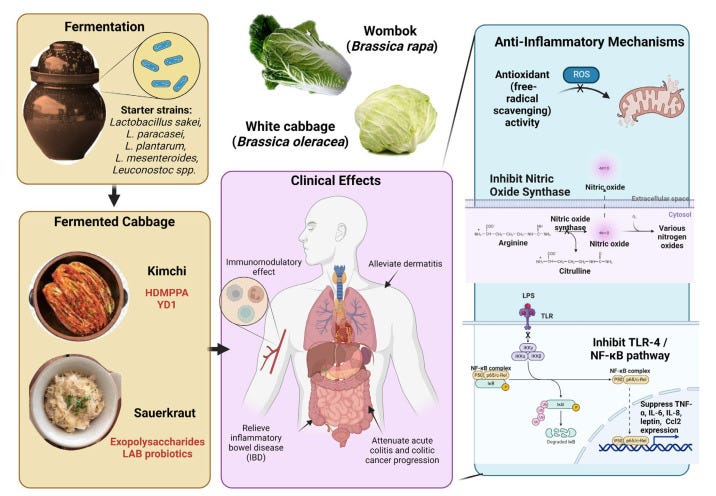
It also suppresses inflammatory transcription factors like AP-1 creating a favorable inflammatory cytokine balance → decreasing TNF-α, IL-6, IL-1β, & INF-γ while increasing anti-inflammatory IL-10 & regulatory T cells.
Health Benefits
Cardiometabolic Health
Most recently, a July 2025 meta-analysis from Ahn et al. covering 5 RCTs (205 subjects) measured fermented kimchi’s impact on metabolic health across multiple biomarkers. In the 5 intervention studies, fermented kimchi consumption led to significant decreases in:
Fasting blood glucose: -1.93 mg/dL
Triglycerides: -28.9 mg/dL
Systolic/diastolic blood pressure: -3.48/-2.68 mm Hg
Also covered were four cohort level studies across ~42k subjects drawing associations of increased kimchi intake to lower cancer incidence, decreased rates of metabolic syndrome & lower BMI.
Now, we need to take a closer look at some of those specific trials.
What stands out as the most robust trial in this space comes from Kim et al. (2011). 22 overweight adult subjects were provided 300g kimchi daily - each ate both types of kimchi in different 4-week periods with a 2-week washout period. While both forms showed significant reductions in body weight & BMI, only the fermented version had significant decreases relative to fresh in:
Body Fat → -2.2%
Systolic BP → -3.8% & Diastolic BP → -5.5%
Fasting Glucose → -5.9%
Overall, this was a really well-designed trial - the gold-standard among our kimchi studies. What I like about it is the level of tight control they used to isolate the kimchi intervention’s impact: 1) kimchi provided everyday from the same kimchi factory, 2) 2-week washout period, 3) food records were maintained, & 4) both versions were created from the same standardized recipe, ingredients, & portions.
An at al. (2013) took a similar approach in study design seeking to identify the driver factors of kimchi asking again - does the fermentation of kimchi play a role? However, they showed slightly different results demonstrating strong benefits from both fresh & fermented forms of kimchi across multiple metabolic factors.
Body Composition
A 12-week randomized controlled trial of 114 overweight adults from Lim et. al (2020) found that daily supplementation with Lactobacillus sakei (CJLS03), a probiotic strain derived from kimchi, significantly reduced relative to placebo:
Body Fat → -0.7% & Abdominal Visceral Fat → -0.7%
Waist Circumference → -0.8%
Lipids
Choi et al. (2013) conducted a 7-day controlled study of 100 healthy adults comparing low (15 g/day) vs. high (210 g/day) kimchi intake and found that both groups experienced significant reductions in triglycerides & LDL-C with greater improvements observed in the high-intake group.
A question you should be asking yourself here: Why only a 1-week trial?
What you sacrifice in time, you gain in control typically. In this case, these subjects were basically locked in a dorm and fed the exact same meals across groups (with of course the exception of kimchi intake). The study also fails to have a control as the authors noted why this was such a case: “Koreans typically include at least some kimchi with their meals”.
While it’s powerful, this trial has some glaring flaws.
Glycemic Control
Perhaps our best insight into kimchi’s potential impact on long-term glycemic control. An 8-week randomized controlled trial of 40 prediabetic adults conducted by Oh et al. (2021) found that daily supplementation with Lactobacillus plantarum HAC01, a probiotic strain isolated from Korean kimchi, significantly reduced 2-hour postprandial glucose levels &HbA1c compared to placebo.
Gut Health
As you would’ve guessed given kimchi’s primary mechanism, some of its most profound benefits are demonstrated via the gut.
Kim et al. (2018) examined the effects of two types of kimchi on colon function in 28 healthy young adults over 4 weeks of either standardized kimchi (SK) or functional kimchi (FK) at 210g daily.
The study revealed beneficial shifts in gut bacteria composition. Both kimchi types decreased Firmicutes bacteria (associated with obesity) while increasing Bacteroidetes (linked to lean body types).
Both forms also increased beneficial bacteria producing short-chain fatty acids (SCFAs) while reducing harmful bacteria like Clostridium & E. coli. The functional kimchi group specifically showed increased Bifidobacterium adolescentis, a probiotic strain with known health benefits.
Both kimchi types significantly reduced harmful fecal enzymes (β-glucosidase and β-glucuronidase) that convert harmless compounds into carcinogens. These reductions indicate improved colon health and potentially reduced cancer risk.
Functional kimchi consumption also led to significant reductions in IL-6, an inflammatory marker associated with metabolic disorders and colorectal issues.
An earlier trial from Han et al. (2015) demonstrated similar outcomes on the gut with even greater benefits exhibited for the fermented type. Women with BMI >25 kg/m² were randomly assigned to consume either 180g daily of fresh kimchi or fermented kimchi. The primary outcomes monitored were related to changes in the gut microbiome: Both kimchi types decreased the Firmicutes/Bacteroidetes ratio → associated with weight loss and improved metabolic health.
Hair Health
The axis many seem to neglect in this space: the gut - hair axis.
In a trial from Park et al. (2019) 46 patients experiencing pattern hair loss received 80 mL of a probiotic product (kimchi & cheonggukjang) 2x daily for 4 months. Initially, participants had an average hair count of 85.9 hairs/cm², which increased significantly to 90.3 hairs/cm² after just 1 month of treatment (a 5% increase) and continued improving to 91.5 hairs/cm² after 4 months (a 6.5% overall increase).
Baseline hair thickness averaged 0.062 mm across all participants. After 1 month, thickness increased significantly to 0.068 mm (about 10% thicker), though it decreased slightly to 0.066 mm at 4 months while still remaining significantly above baseline levels (6.5% improvement overall).
Again, this study failed to have a control group involved so this should be taken with a healthy dose of skepticism. However, we have sufficient evidence to support the close association between a healthy gut microbiome/fortified intestinal lining & healthy scalp.
As a final note - you can find high quality kimchi sources at Costco (Jongga), Whole Foods (Mother in Law’s) & most local grocery stores in your local area (Cleveland Kitchen or Wildbrine).
That’s a wrap for this week. As always, remember to share this post below with your family & friends to pass along the good metabolic word.
Stay nourished,
BTP
One more thing: If you haven’t already, reminder to subscribe below. Every little bit makes an impact in the fight against the rampant growth of the reductionist AI/mainstream slop we're seeing. (We’re going to win.) And it’s why we’re running the Anti-Slop Summer Sale™ before we roll out more premium content.
***Disclaimer: The information provided by BowTiedPhys is for educational purposes only. This content is not intended to be a substitute for professional medical advice, diagnosis, or treatment of any kind. BowTiedPhys is not a licensed medical provider. Prior to making any changes to your health protocols, consult a licensed healthcare professional. Some of the links in this post may be affiliate links - BowTiedPhys may earn a commission at no additional cost to you. This commission helps support our work and allows us to continue providing valuable content to our valued subscription members.***



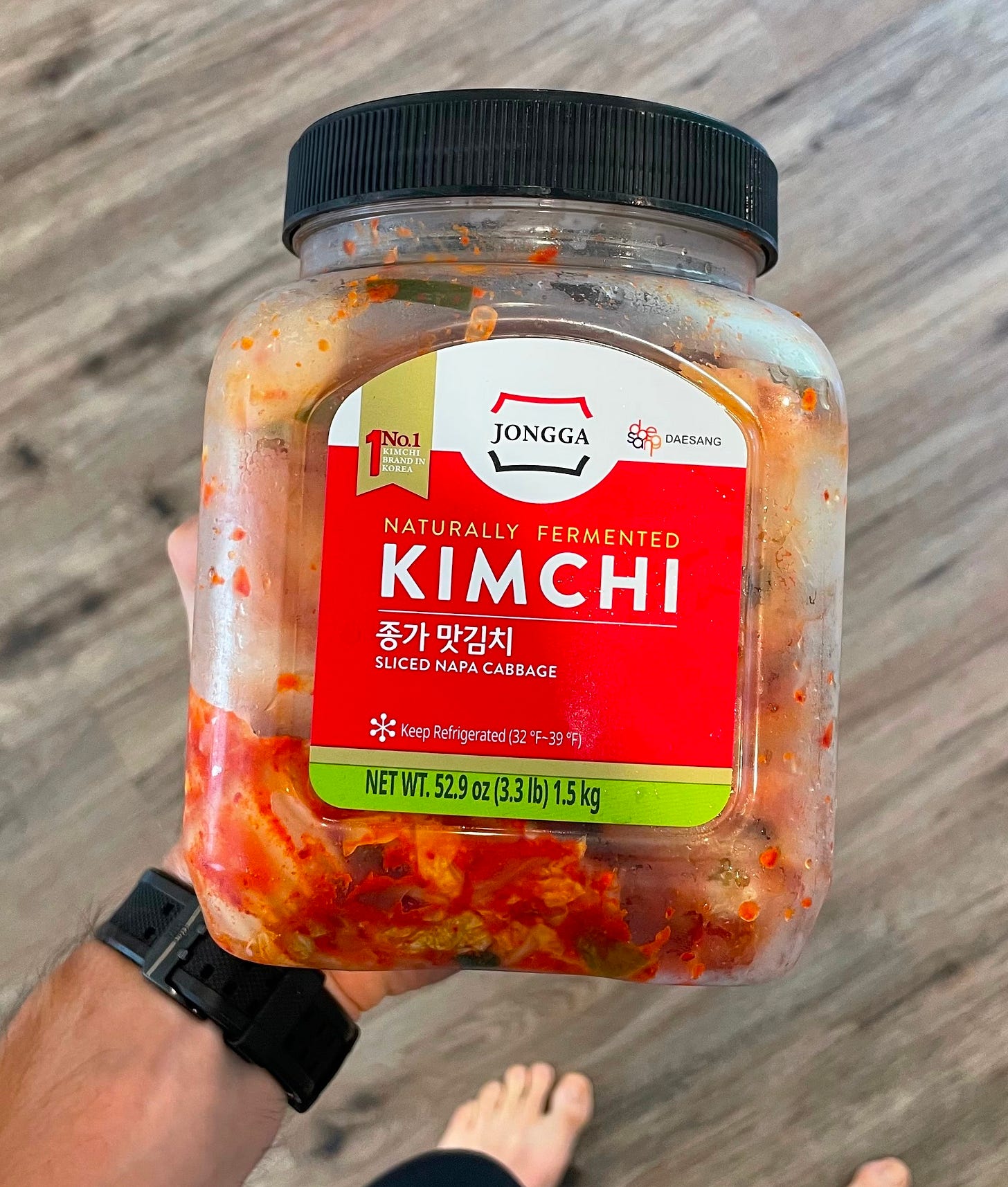
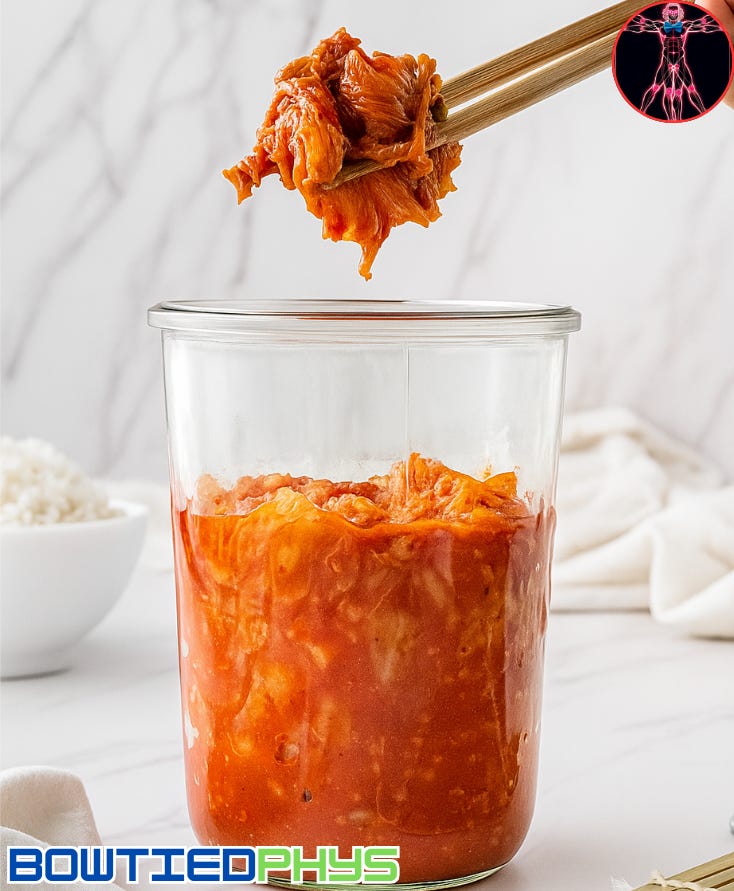
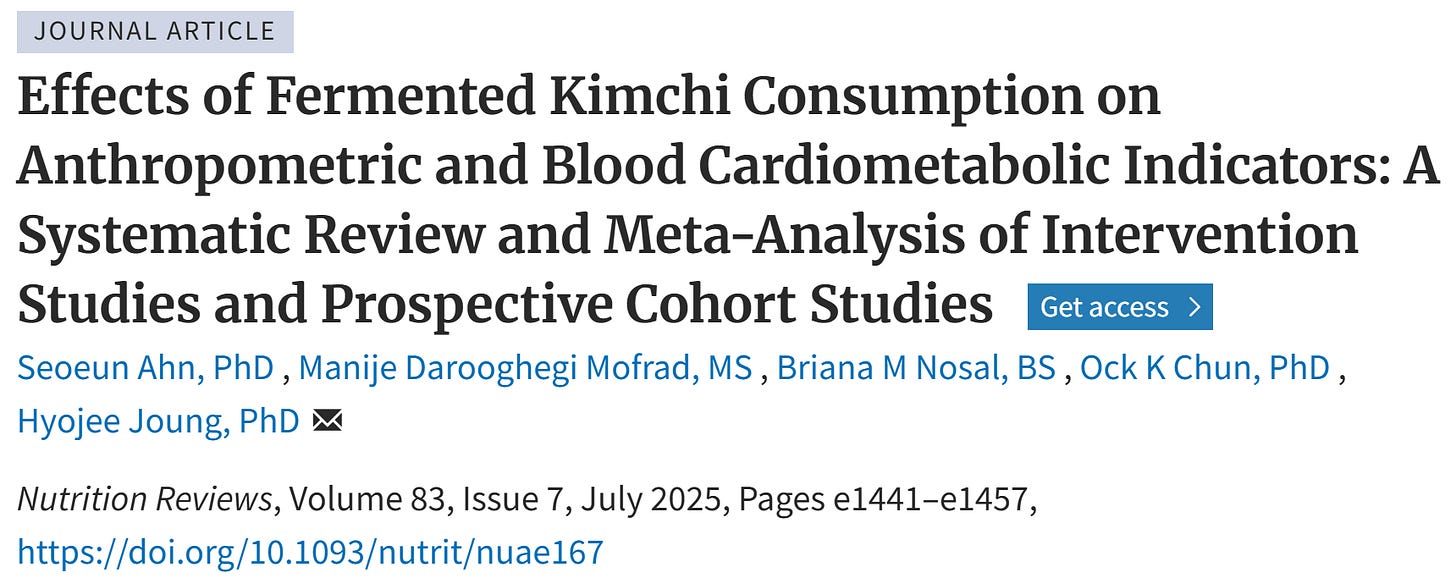
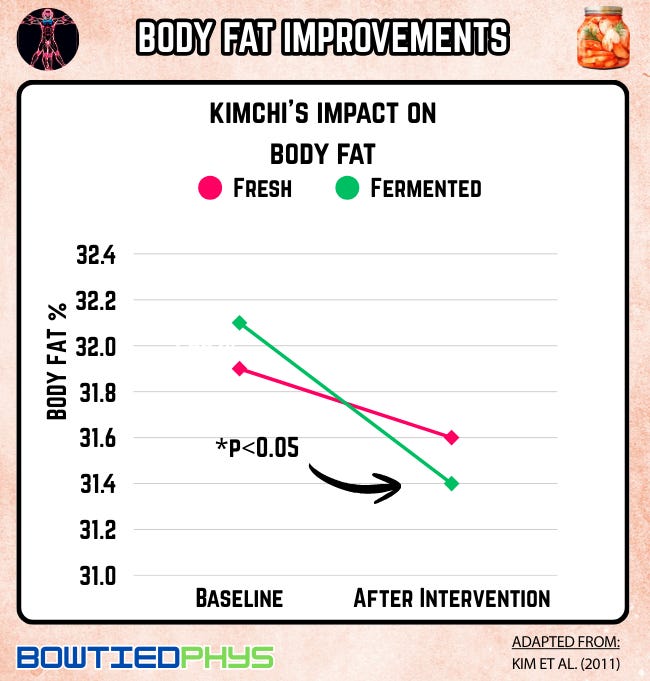
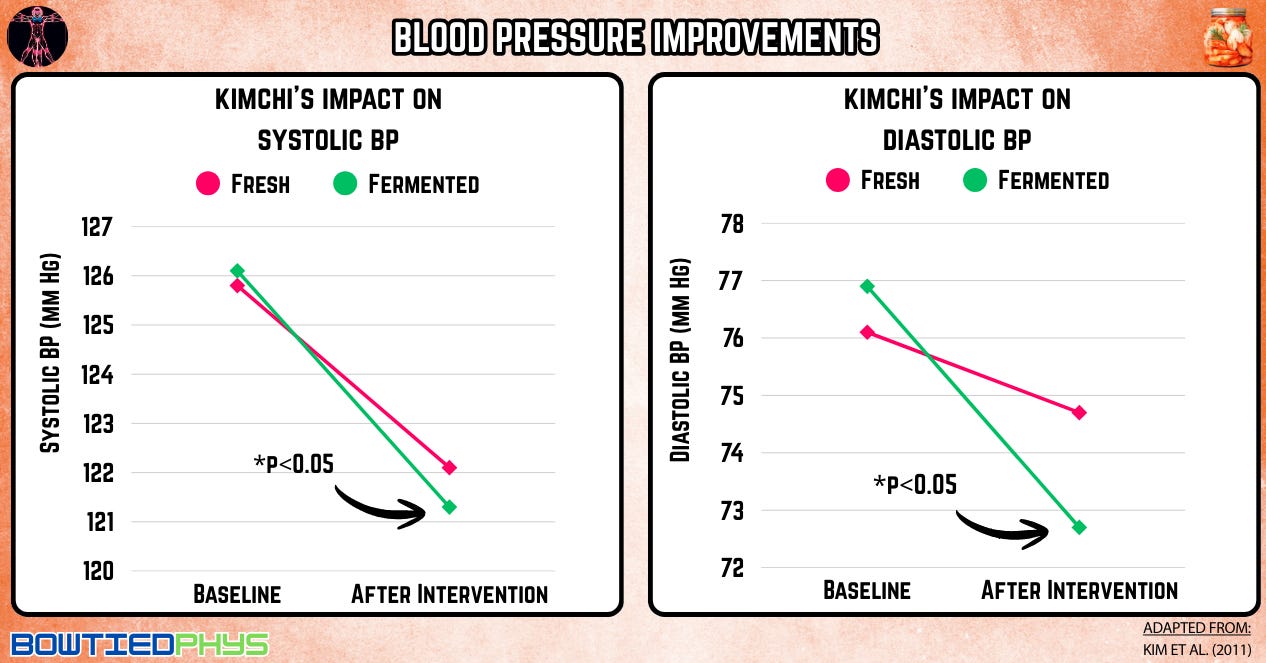
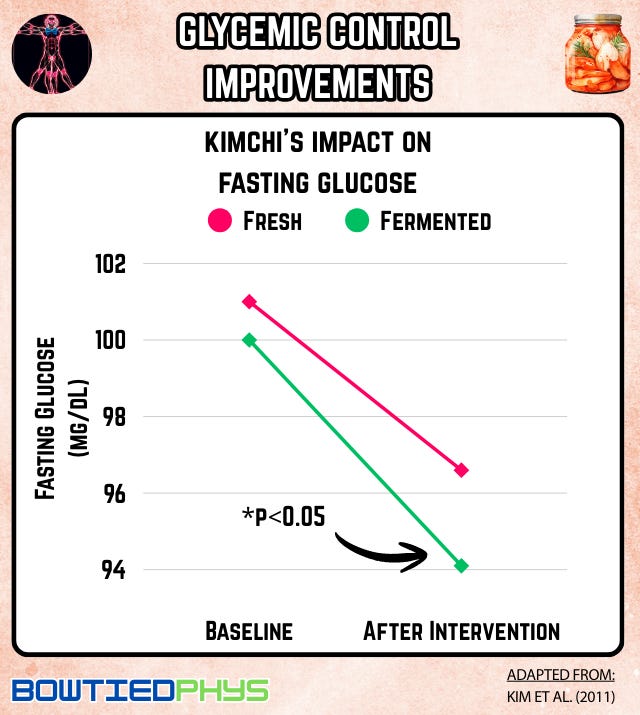
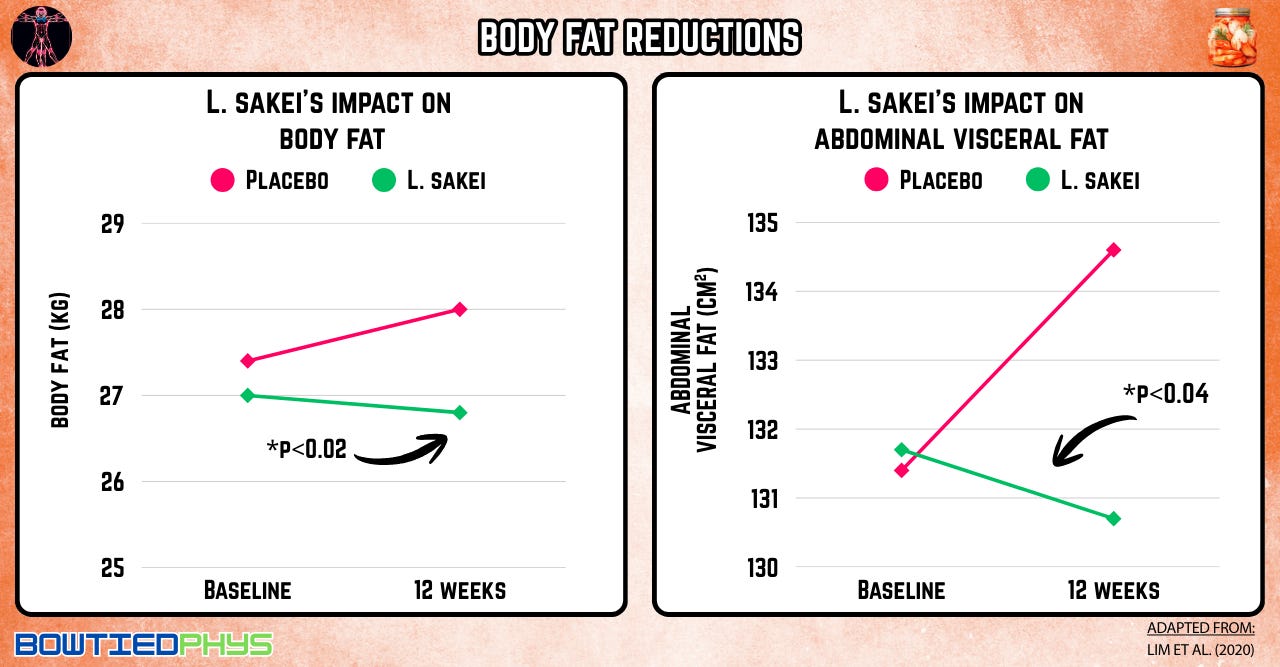
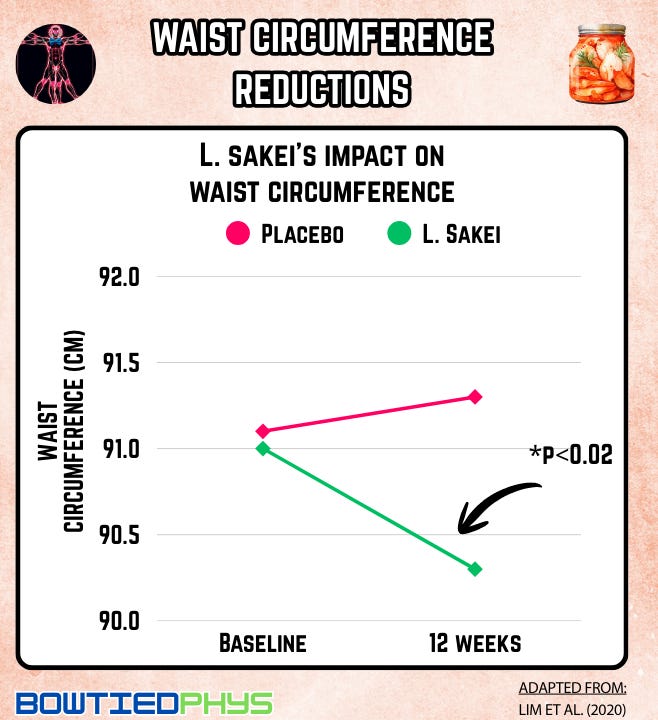
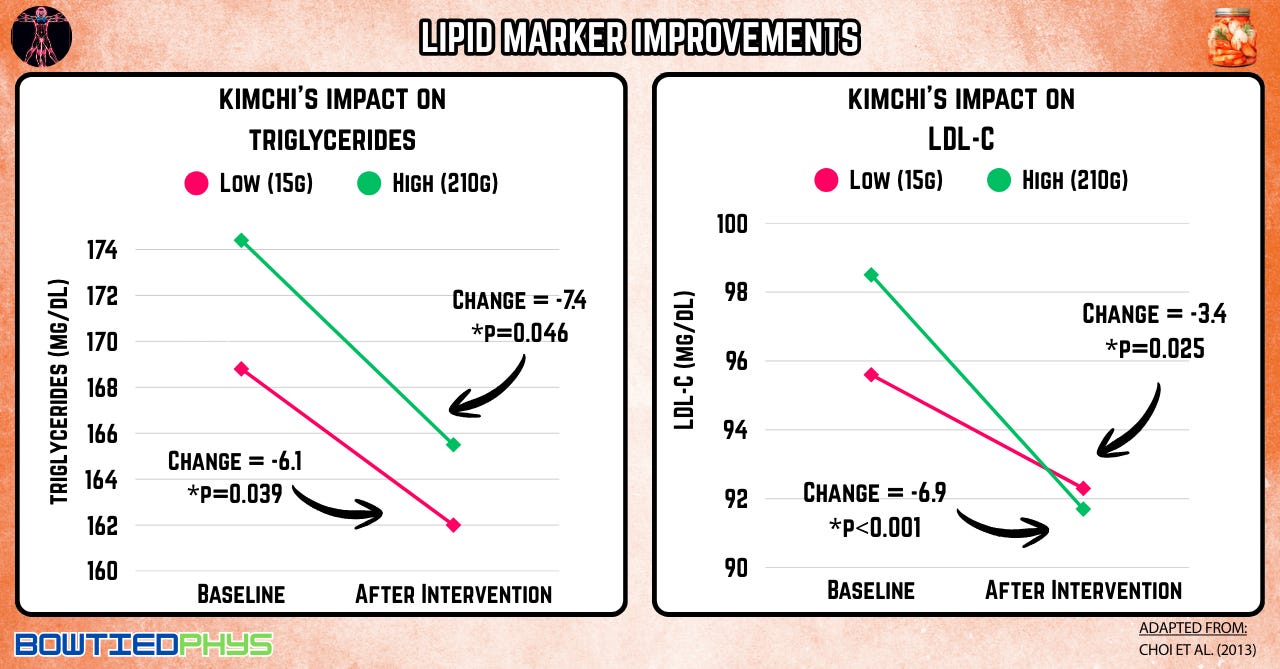

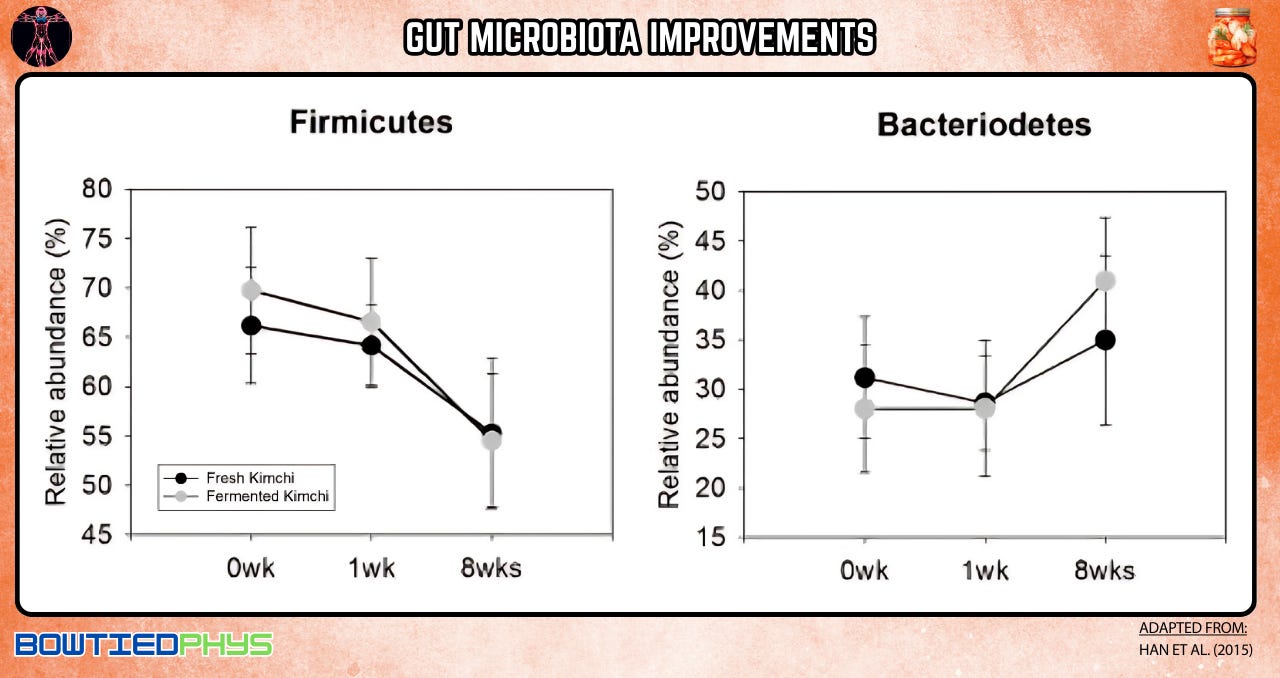
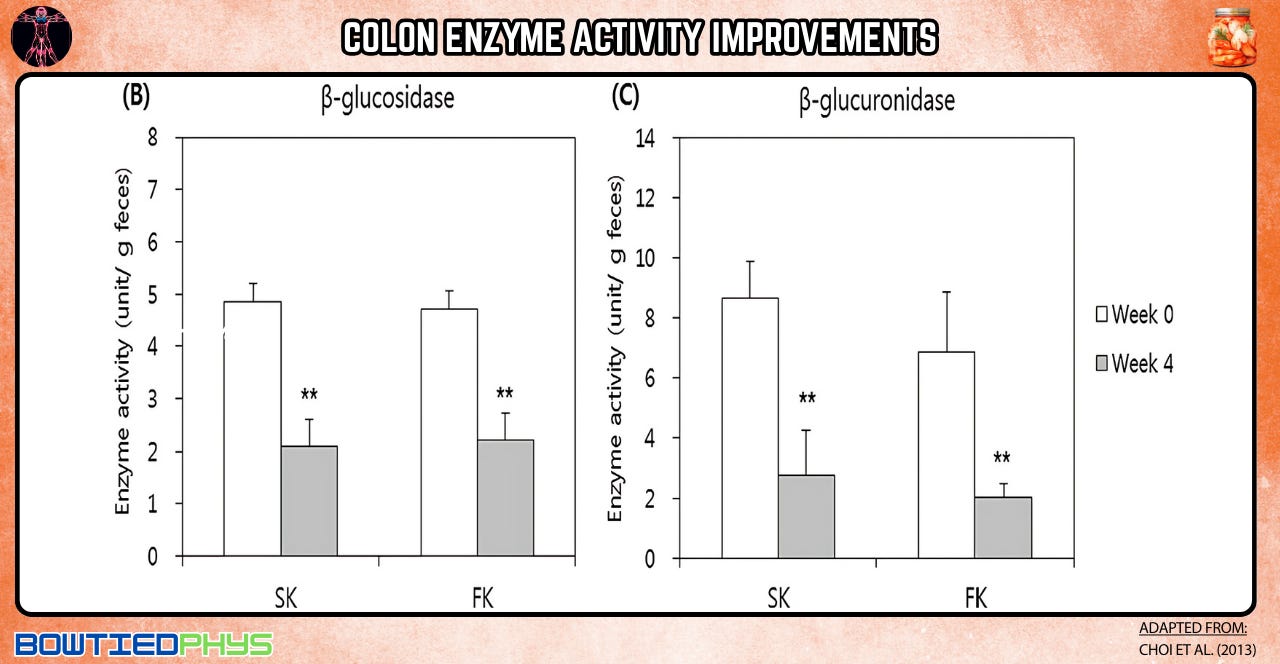
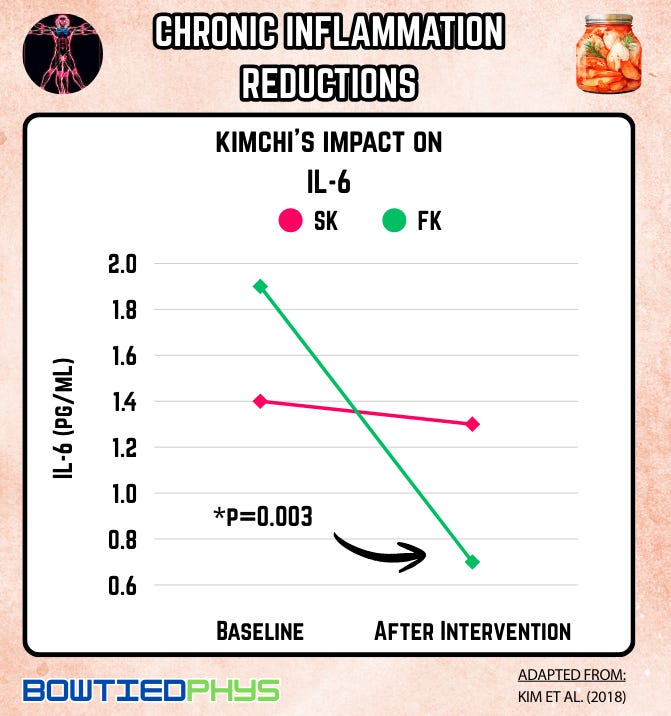
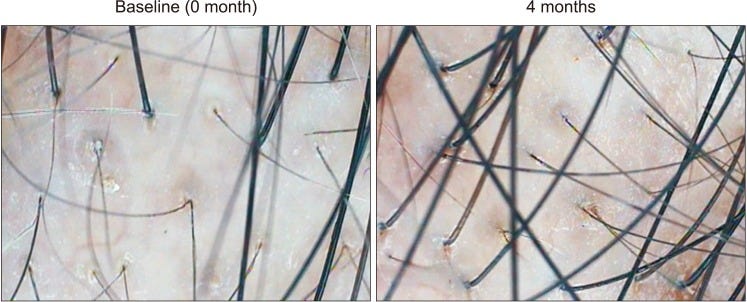
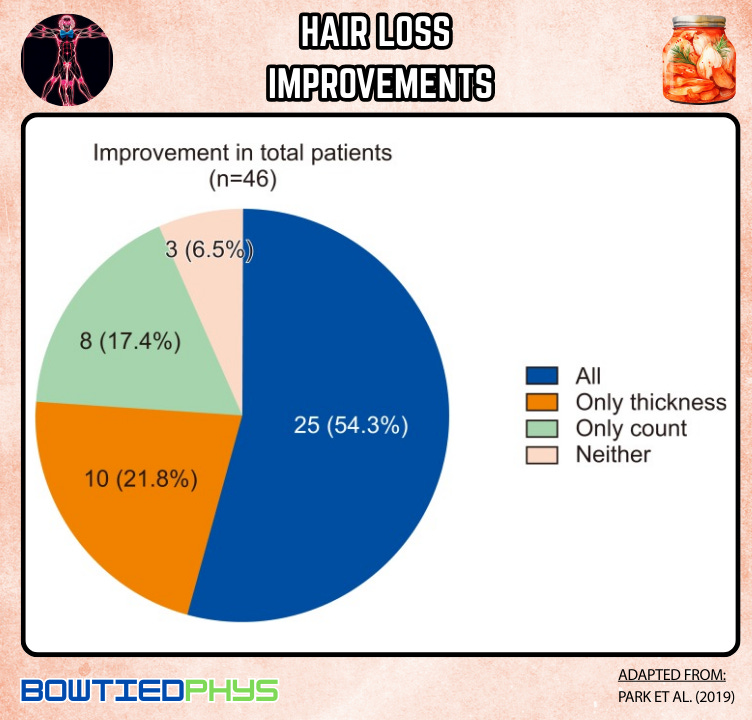

It probably outperforms ALL supplements. Here's why I dont take any supplements: https://thescamdoctor.substack.com/p/why-your-vitamin-d-protocol-is-a?r=6hgshq
Any good recipes from the above listed ingredients would be appreciated.